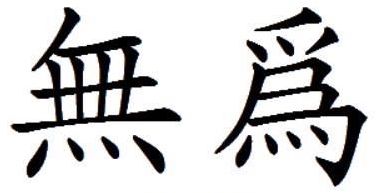[Adapted and Re-edited by F. Hriadil]
Success in internal boxing requires an experiential understanding of the principle the Chinese call Wu Wei. Wu Wei is one of the most important principles applied to any internal martial art in a self-defense situation. Wu literally means “non”, “negative”, “not” or “none” and Wei means “action”, “doing”, “striving”, or “straining.” The common English translation of wu wei is “non-action,” however, many people incorrectly interpret this translation to mean laziness or passivity.

Wu Wei (in actuality) means “action through non-action.” It is spontaneous action which does not arise from a motive or seek a result. In modern phraseology, wu wei can be interpreted as “going with the flow” or “rolling with the punches”, but requires that the practitioner do so spontaneously, skillfully, efficaciously, and along the line of least resistance. When the practitioner has embodied the principle of wu wei in martial arts, he or she has developed an innate body response which is spontaneous, correct, without thought, and requiring what appears to be little effort in the execution of a difficult task. This response is based on a knowledge of principles, structures, alignments, rhythm, timing, optimum angles of attack and defense, and economy of motion which is resident in the body, not just in the mind. Wu Wei does not stem from intellectual intelligence, but from an “unconscious” or innate intelligence in the physical body that can only be developed through hours of correct repetitive training.
Master Park emphasizes the importance of this “body knowledge” in his teaching. He believes that when something is “known” in the body, it becomes a reflex action which will not soon be forgotten. His approach to Pa Kua Chang instruction is to start the student with very simple movements and exercises. These exercises, which are based on fundamental principles, are repeated hundreds, if not thousands of times under Master Park’s watchful eye until the student has embodied the principle and it becomes a natural reflex. Master Park states that the exercise should be repeated so many times that when the student stops, the body still feels as though it is going through the motions of the exercise — like when getting back on land after a long boat ride and the body still feels like it is rocking back and forth.
Once Master Park feels the student has “body knowledge” of the principle as it is applied in the simple exercise, he will teach the student a slightly more difficult exercise with which to work in the same manner. Master Park feels that if the student is initially given exercises that are too complex, or is given too many different exercises to practice, then he or she will never develop skillful innate body response. He is fond of saying that “If I give you too much food, you cannot digest it all and some of it gets thrown away. It is the same with Pa Kua. If you are taught too much at one time, you will never digest it all.”
The development of skill in internal martial arts not only requires that the student work to gain this “body knowledge” of the principles, but the body also has to change and develop physically. Flexibility, balance, and overall coordination are important components of training the body for martial arts. However, since Pa Kua Chang is an “internal” style, additional training which works to properly develop the tendons, bones, joints, ligaments, and secondary muscle groups must be executed in a progressive manner. Development of the physical body requires many hours of repetitive practice with fundamental drills designed to initiate such development. The student needs to develop what Master Park refers to as the “kung fu body.”

